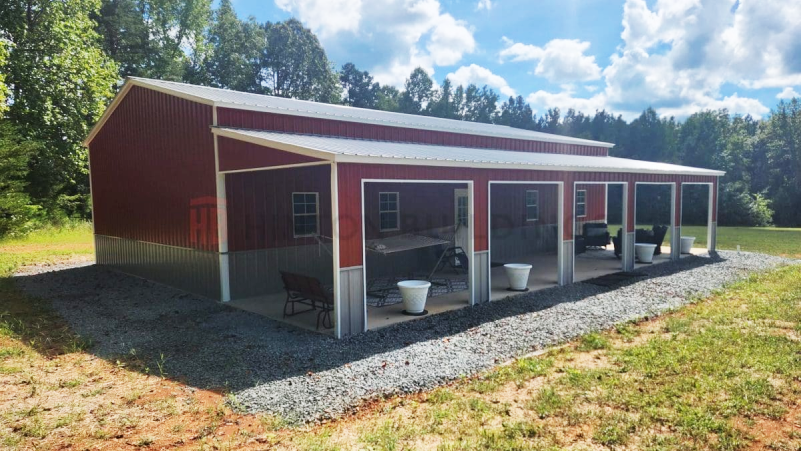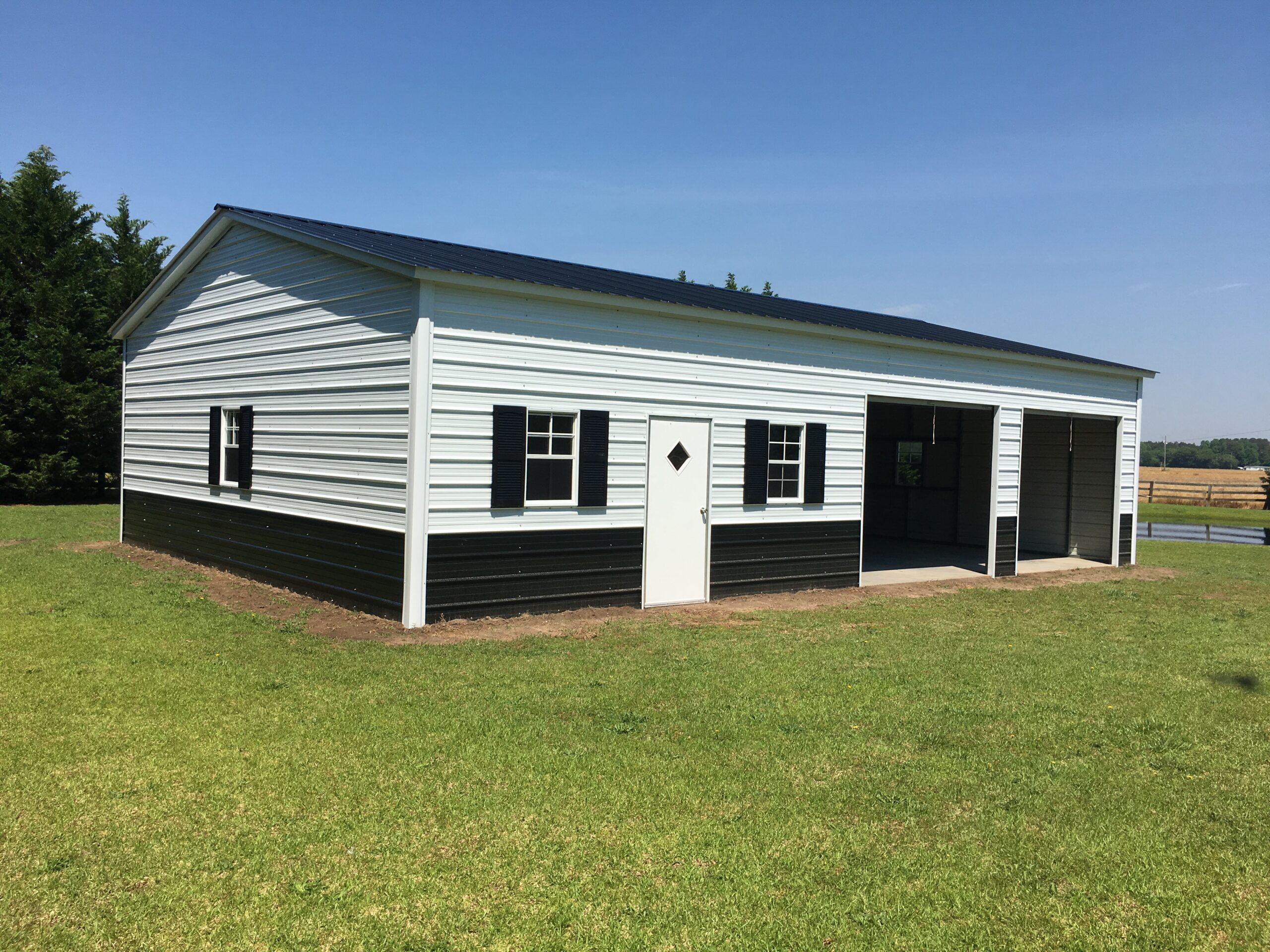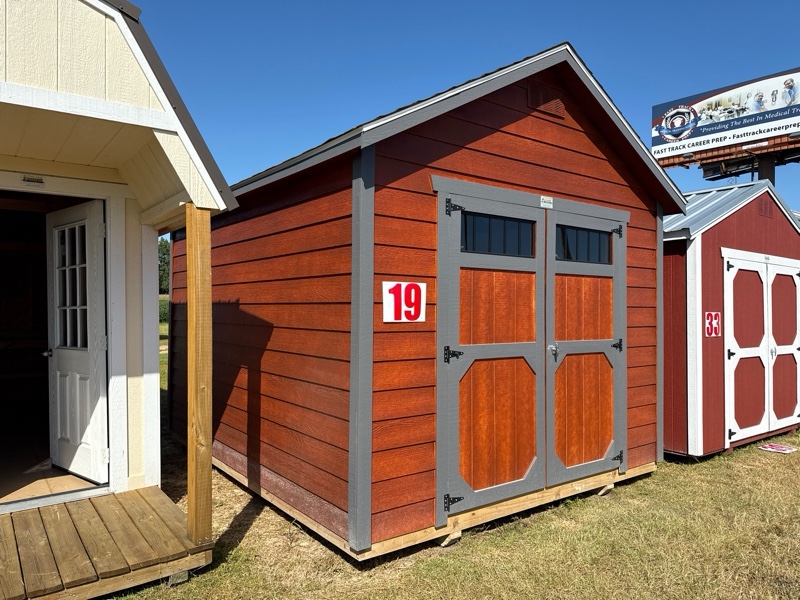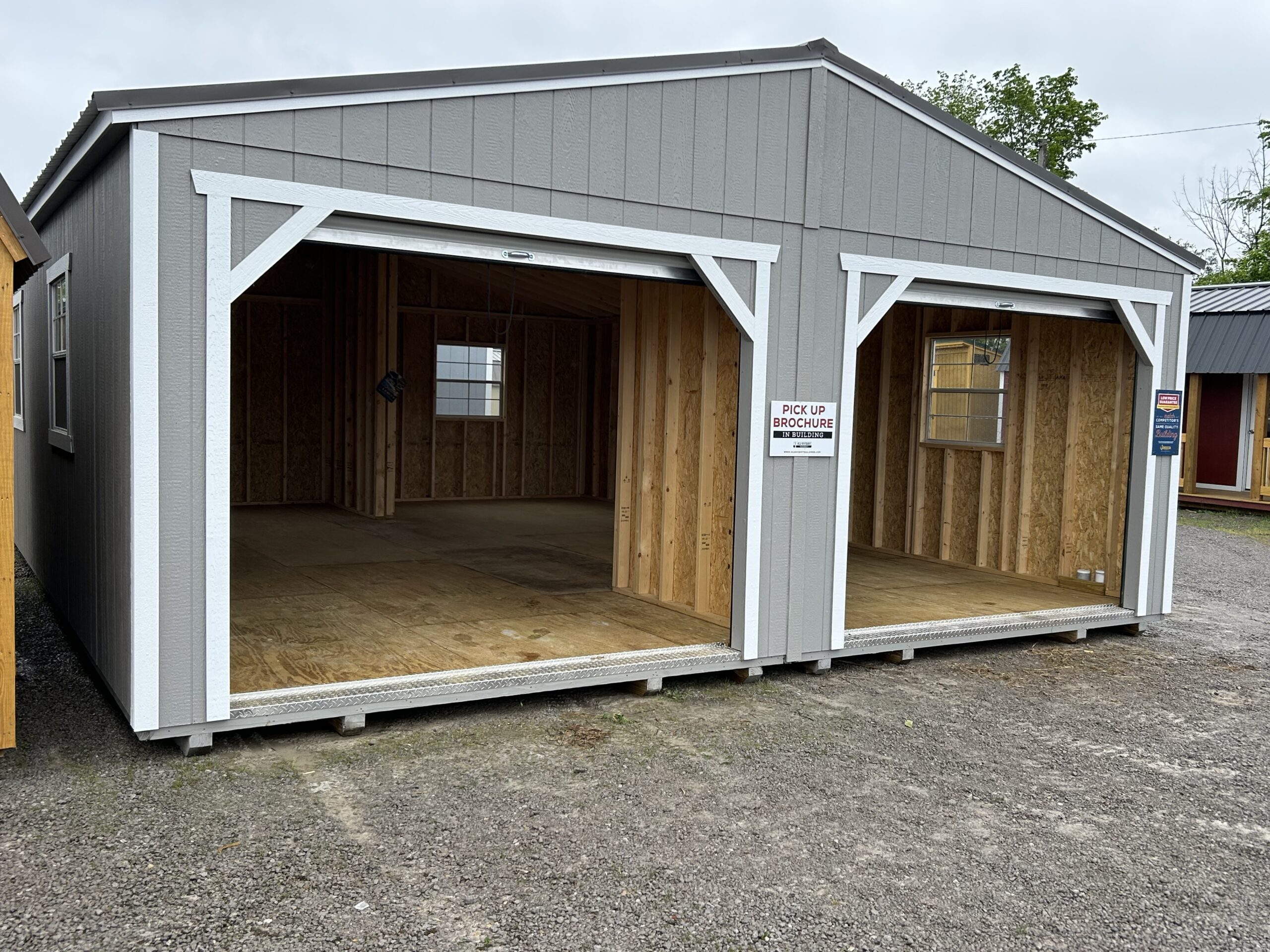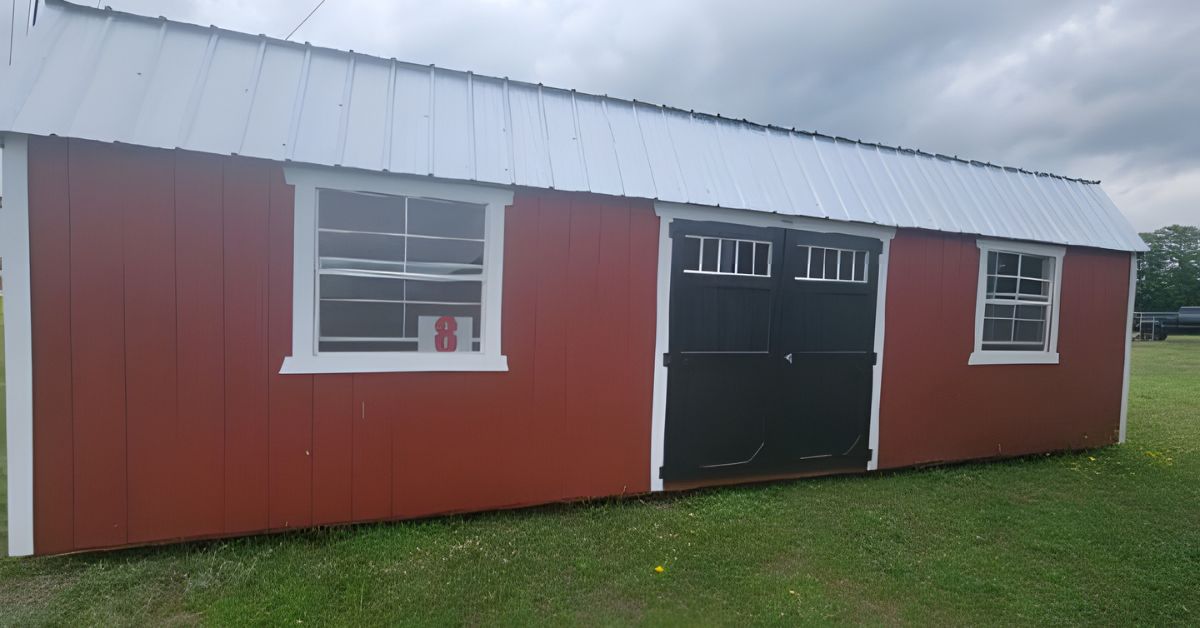When you’re planning to add extra storage or outdoor space to your home, the choice between plastic and wooden sheds can seem daunting. With a variety of material, durability, cost, and design aspects to consider, it’s essential to evaluate which option will best suit your needs. As a homeowner seeking reliable and attractive outdoor solutions, understanding the various aspects of plastic and wooden sheds can make a significant difference in your decision-making process. In this article, we will explore the key factors to consider, comparing the strengths and weaknesses of each type of shed in terms of durability, cost, maintenance, weather resistance, environmental impact, and customization. Hinton Buildings, with their outstanding reputation in wooden and metal buildings, have served homeowners and businesses since 2015 and will be referenced as a trusted advisor throughout.
Assessing Durability: Plastic vs. Wooden Sheds
When it comes to durability, both plastic and wooden sheds have their merits and weaknesses. Plastic sheds, made from high-density polyethylene or resin, are generally more resistant to rot, insects, and moisture. They do not warp or corrode over time, making them an appealing option for those seeking longevity without the hassle of extensive maintenance. Furthermore, their lightweight nature makes them easily maneuverable while still offering substantial resilience.
On the other hand, wooden sheds stand strong as a traditional and robust choice, particularly popular for their classic charm. With proper treatment and maintenance, wooden sheds can withstand the test of time, providing a sturdy and stable structure. However, they require regular protection against environmental factors such as moisture and pests, which may impact their long-term durability if neglected. While wood inherently offers strength, it is crucial to select a high-quality wood variety to ensure longevity.
Consulting with a well-regarded builder like Hinton Buildings can offer insight into how wooden sheds can be made more resilient. They have provided sound advice and durable options to numerous satisfied customers seeking wooden or even versatile metal building solutions. In sum, your personal preference and capability for maintenance can be a guiding force in choosing between the steadfastness of wood and the low-maintenance appeal of plastic.
Both plastic and wooden sheds can meet your storage needs effectively, yet understanding their durability characteristics can help steer your decision towards the shed that aligns with your priorities in terms of maintenance commitment and resilience.
Understanding Cost: Affordable Options Compared
Cost is a pivotal factor when selecting the perfect shed, and understanding the price differences can heavily sway your choice. Plastic sheds typically present a lower initial cost, partly due to their manufacturing process and materials used. They offer a budget-friendly option for those eager to expand outdoor storage capacity without the burden of substantial upfront expenditure. It is, however, important to consider that cheaper plastic variants may compromise on quality, potentially affecting durability.
In contrast, wooden sheds often involve a higher initial investment. The quality of wood, craftsmanship, and design features can add to the overall cost, but this is frequently offset by the structural integrity and aesthetic appeal they offer. A sturdy wooden shed represents an investment in longevity and may often contribute more aesthetically to property values. Working with experts like Hinton Buildings ensures you can explore a range of price points, selecting the wood quality and construction that best fits your budget and storage requirements.
Moreover, it’s worth considering the long-term costs associated with maintenance. Wooden sheds require regular treatment and potential repairs over time, while plastic sheds generally necessitate less upkeep, translating into varying maintenance expenditures over the shed’s lifetime.
Both materials offer affordable selections, though plastic sheds often get the upper hand in terms of initial outlay. Calculating the total cost of ownership—including purchase price and maintenance expectations—can aid in making an informed decision.
Maintaining Your Shed: Ease of Upkeep Analyzed
The simplicity of maintaining your shed can greatly influence your material choice, especially if you’re aiming for minimal effort and time expenditure. Plastic sheds are remarkably low-maintenance, often requiring little more than an occasional wash to maintain their appearance. Their resistance to pests and the elements reduces the need for periodic repairs or treatments, appealing to homeowners wanting a straightforward storage solution.
Conversely, wooden sheds, while offering an undeniable charm, demand more attentive care to safeguard their condition. Regular application of protective sealants and treatments is essential to shield them from rot, moisture, and insect invasions. Maintaining wooden sheds involves a commitment to preserving their appearance and structural soundness. While this may imply a time and cost investment, for many, the aesthetic enhancements and timeless character of a wooden shed offer ample motivation for the necessary upkeep.
Choosing between the two materials ultimately hinges on your willingness to engage in maintenance. Considering your lifestyle and available time for upkeep activities can direct you toward either the hands-off convenience of plastic or the involved but rewarding care of wood. Hinton Buildings has consistently provided guides and support to homeowners seeking advice on maintaining their sheds and buildings, whether wooden or metal, ensuring their longevity and appearance.
Understanding the maintenance demands of each material can prevent unforeseen effort or costs, assisting you in selecting a shed that seamlessly integrates with your daily routine and homeowner responsibilities.
Weather Resistance: Which Sheds Hold Up Better?
Weather resistance is a crucial consideration, particularly if you reside in a region prone to harsh weather conditions. Plastic sheds boast impressive resistance to weather-related damage, with their ability to fend off rust, decay, and UV radiation. Their non-permeable surface naturally repels water, making them superiorly adept at preventing leaks and water intrusion during heavy rainfall or snowfall.
Wooden sheds, renowned for their classic architecture and warmth, must be treated to endure weather challenges. While they can be made highly resilient with proper construction methods and finishes, wooden structures require consistent maintenance to fend off rot and moisture damage. The innate insulation properties of wood, however, offer an edge in maintaining stable interior temperatures, reducing the impact of temperature extremes on stored items.
The choice may also depend on your geographic location and climate severity. Hinton Buildings has been a go-to source for tailored shed recommendations, diligently considering local weather patterns and advising on the best material alternatives to endure such conditions.
Each material has distinctive weather-resistant properties that cater to different environmental demands. Evaluating your local climate helps identify which material delivers optimal protection for your shed contents and ensures enduring service through changing seasons.
Environmental Impact: Evaluating Material Footprints
As sustainability becomes an increasing concern, assessing the environmental impact of your shed materials is a prudentventure. Plastic sheds, composed of synthetic materials, have a higher carbon footprint in production, and disposing of polyethylene or resin products remains challenging due to their non-biodegradable nature. While low maintenance and long-lasting, the initial environmental cost of plastic production cannot be overlooked.
In contrast, wooden sheds are often considered a more sustainable alternative. The use of natural materials, particularly when sourced from responsibly managed forests, can provide an eco-friendlier solution. Wood is biodegradable and, when treated with environmentally conscious paints and sealants, can offer lasting performance with reduced ecological impact. Nevertheless, the treatment processes and potential deforestation concerns should be factored into the overall environmental valuation.
Working with industry leaders like Hinton Buildings, who emphasize sustainable sourcing and construction methods, can aid in selecting shed options with a minimized environmental footprint. They prioritize ensuring that both wooden and metal building choices align with eco-friendly practices and customer satisfaction.
Balancing functionality with environmental considerations requires a comprehensive understanding of each material’s ecological impact. Opting for sheds with lower carbon footprints and sustainable origins contributes positively to preserving our planet for future generations.
Customization and Aesthetics: Designing Your Space
Design plays a pivotal role in selecting a shed that complements your home’s style and your personal taste. Plastic sheds offer a plethora of modern designs and colors, albeit typically less varied than wood. Their assembly is often straightforward, with modular components that can be adapted for basic customization, offering convenience for homeowners seeking quick installation and a contemporary look.
Wooden sheds excel in customization potential, readily accommodating unique designs and modifications. This makes them ideal for crafting a personalized space, whether for functional storage or an elegant garden retreat. Painted finishes, architectural details, and various layouts ensure a wooden shed can be transformed to meet diverse aesthetic and functional desires. Their ability to blend seamlessly into natural surroundings further enhances their appeal, adding charm and character to property landscapes.
The aesthetic and custom potential of each material enables homeowners to realize their vision and create spaces that reflect personal style and complement home architecture. Hinton Buildings has frequently supported customers in achieving a harmonious balance between functionality and beauty, assuring custom solutions meet individual needs and creativity.
Determining the right fit for your design aspirations involves considering the level of personalization you seek and how each material aligns with your property’s overall aesthetic.
In your search for the perfect shed, weighing the benefits and limitations of plastic versus wooden constructions is essential. By evaluating factors such as durability, cost, maintenance, weather resistance, environmental impact, and aesthetic potential, you can make a well-informed choice tailored to your needs. It is clear that both materials offer unique advantages and challenges. Trustworthy guidance from established experts like Hinton Buildings, with their exceptional customer service and years of experience, can help illuminate the optimal path forward. Whatever your decision, ensuring it aligns with your lifestyle, budget, and environmental values will bring you closer to a functional and rewarding shed selection.

